Globular Cluster Observing Program Coordinator:Bob Kerr |
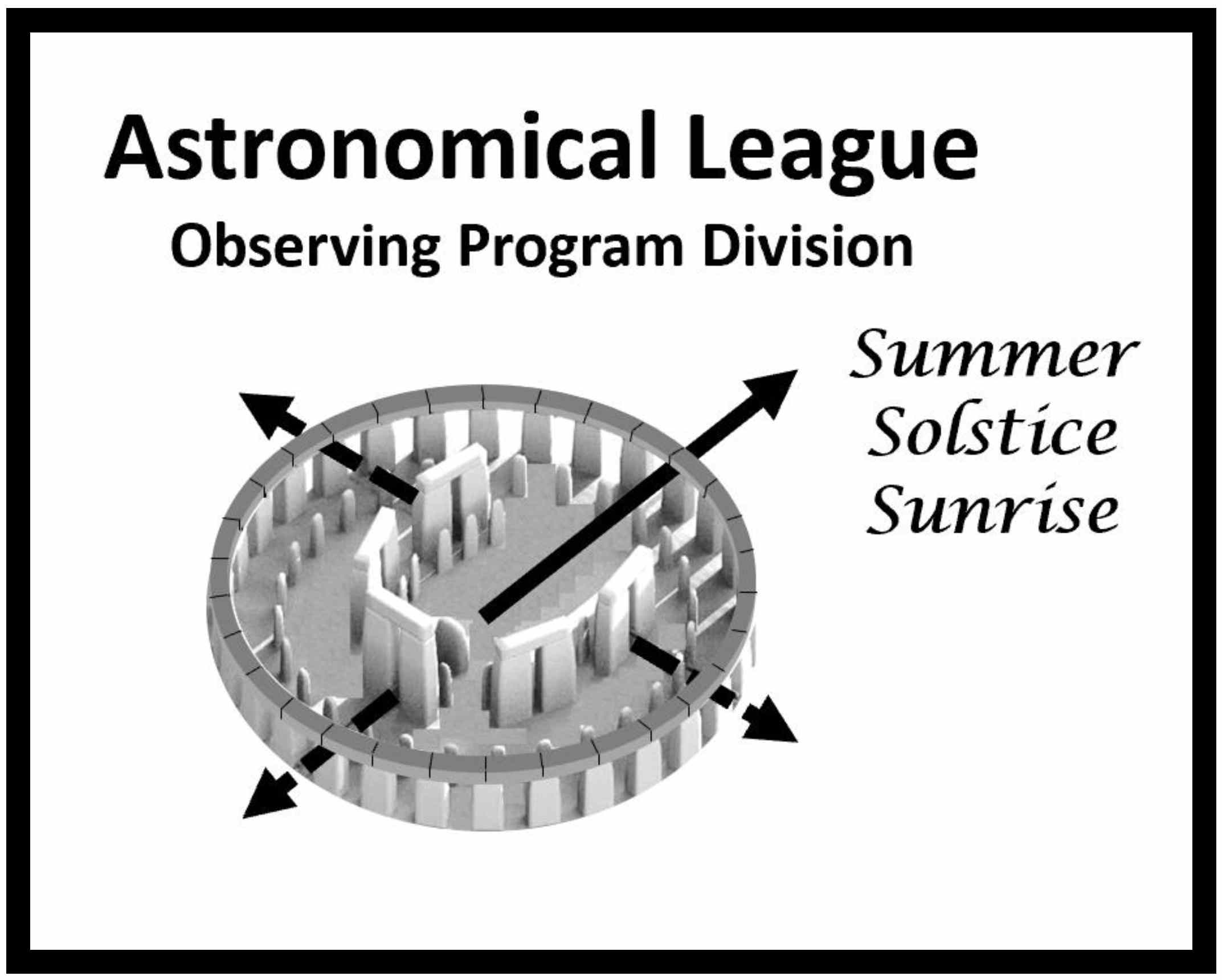 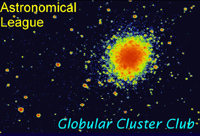 |
IntroductionWelcome to the Astronomical League’s Globular Cluster Observing Program. This Observing Program has been updated to include an imaging option and three categories for member participation. Observers new to the Visual Program (V) certificate and pin. Observers new to the Imaging Program (I) certificate and pin. Previous observers of either the Visual (V) or Imaging (I) Programs. Those who have already received a certificate and pin for Globular Clusters and now wish to receive the other certificate. Certificate only. Carefully review the sections below noting information that pertains to your selected category, as there are different requirements for each. Note: the term “observer” refers to all Observing Program participants. |
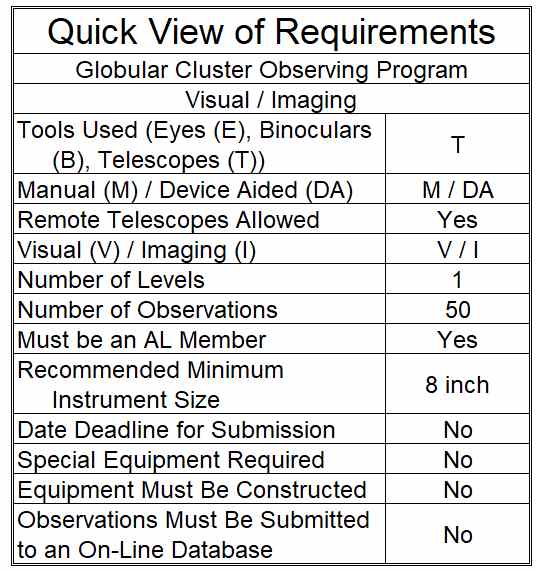 |
Background Information
The Globular Cluster Observing Program was created by the membership of the Longmont Astronomical Society, of Longmont, Colorado.
The purpose of this Observing Program is to introduce observers to some of the finest globular clusters in the heavens. You may use any telescope, although an 8-inch is probably necessary for visual observers under light polluted-skies. The core purpose of this program is for you to learn how to determine the structural properties of these diverse celestial objects: their sizes, shapes, stellar distributions, and luminosities.
New Observers (visual or imager) are encouraged to purchase the Guide to the Globular Cluster Observing Program from the AL Store. The most recent 5th edition is dated 2017. The Guide explains in detail the program’s Regular and Challenge objects, as well as the Shapley-Sawyer classification system. Included are the RA, Declination, and accurate magnitudes (provided by Brian Skiff of Lowell Observatory) of 190 galactic and extra-galactic globular clusters along with reference page numbers for both sets of Uranometria 2000.0 star atlases. It is an invaluable aid in successfully completing this Observing Program.
The Guide also includes information about each of the 190 objects, including their discovery and other interesting facts. Much of this information was provided by Barbara Wilson, a highly skilled Texas amateur who has observed 137 of the globular clusters listed in this program.
Requirements and Rules
This certification is available to members of the Astronomical League, either through their local astronomical society or as members at large. If you are not a member and would like to become one, check with your local astronomical society, search for a local society on the AL Website, or join as a Member-At-Large at the AL Store.
| The goal of this Observing Program is for you to observe or image and compare the structures of globular clusters, and to that end, you can use manual (finder scopes and star hopping techniques), digital setting circles or any other computer-aided Go-To systems. Remote telescopes are allowed.
Observers select a minimum of any 50 globular clusters from the list of 190 cataloged in the Guide. This allows for the customization of an observing list suitable to the individual observer’s interests, skies, and equipment. However, this program is more than just observing 50 globular clusters and recording your observations. This program requires both visual and imaging observers to determine the Shapley-Sawyer concentration class of each globular cluster observed. The Guide explains this classification system and provides reference images of globular clusters and their concentration classes, along with an explanation of how to determine the concentration class of each globular you observe by using these images. Visual observers are required to include one (1) Challenge Object in their 50 objects. Challenge Objects are listed and explained in the Guide. Observers must also record in their log a written description of every globular cluster they view. Imaging observers are required to include three (3) Challenge Objects in their 50 objects. Challenge Objects are listed and explained in the Guide. Read the section below on submitting images instead of written descriptions in your log. Imagers may not exceed 5 submissions of non-Milky Way population globular clusters (M31, M110, M33) as part of the 50 total. |
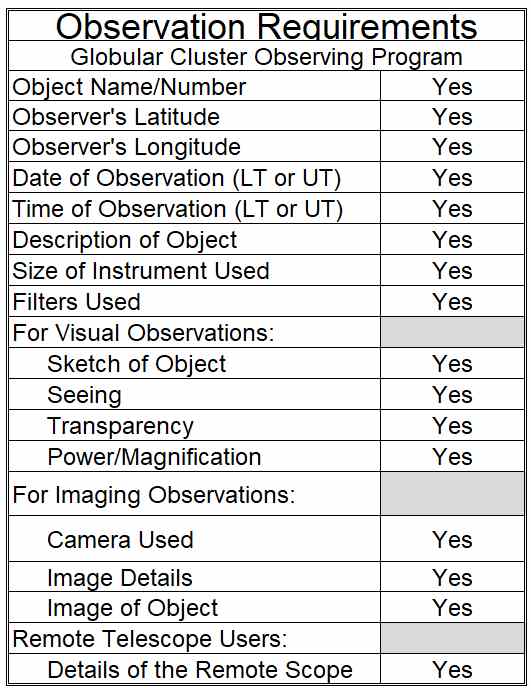 |
Being able to consistently discern the structures of individual globular clusters and how they compare to other globular clusters is a primary goal of this Observing Program. For optimum results, the observer should use magnifications suitable to each object, aperture, and sky conditions.
For each globular cluster, log the standard data required for Astronomical League Observing Programs as detailed in the Guide. The Guide has sample pages you can copy to help you accurately record this information or you can use a form of your own choosing, but it must contain all of the required information. Be sure to include:
- Object Name
- Date and Time (local or UT)
- Seeing and Transparency
- Latitude and Longitude
- a Sketch or a Description
- the Instrument used.
Your attention to producing a legible log is appreciated.
Visual observer certificate numbers will be followed by the letter “V”. Imaging observer certificate numbers will be followed by the letter “I”. Previous observers will receive new certificate numbers followed by the appropriate letter.
Notes for Previous Observers of the Globular Cluster Observing Program:
Though you are familiar with the subject matter of this program, it is recommended you review the information in the Guide to the Globular Cluster Observing Program that you purchased when you originally observed the program. The program rules and requirements outlined above for visual and imaging observers apply to submissions from previous observers. It is required that previous observers include their original Globular Cluster Observing Program certificate number with their new submission.
Submitting for CertificationTo receive your Globular Cluster Observing Program certificate and pin (if applicable), submit your logs and images to your local club’s Astronomical League Observing Coordinator for approval or directly to the Globular Cluster Observing Program Coordinator at the address below. Observing logs may be submitted as hard copy or electronically via email attachment. Make sure to include:
Previous observers must also include their original Globular Cluster Observing Program Certificate Number. |
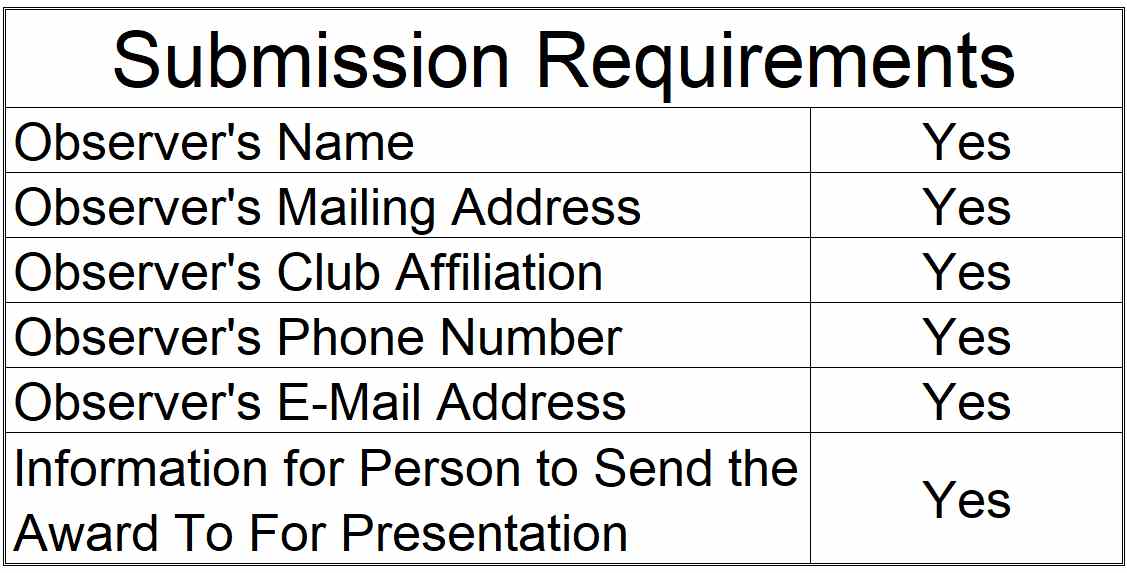 |
Submitting Images:
For the imaging option of this certification, images replace written object descriptions, but images must be tagged with the object’s number as it appears on the list. Corresponding logging information should include:
- the camera/CCD used
- exposure times
- film types (if applicable)
- imaging software
- number of stacked images
- other information relevant to the image production
Images may be submitted by any commonly accepted delivery means (CD or Flash Drive) or posted on a website (preferred).
Contact the Globular Cluster Observing Program Coordinator with any questions regarding the acceptability of your image submission method.
Globular Cluster Observing Program Coordinator:
Upon verification of your submission and of your active membership in the Astronomical League, your recognition (certificate, pin, etc.) will be sent to you or to the awards coordinator for your society, as you specified. Your name will also appear in an upcoming issue of the Reflector magazine and in the Astronomical League’s online database. Congratulations. Good luck with your next observing challenge.
Links
- Regular and Challenge Globular Cluster Lists (PDF Format, Excel Format)
- Images of Shapley-Sawyer Globular Cluster Classification Classes
- Find Your Observing Program Award



